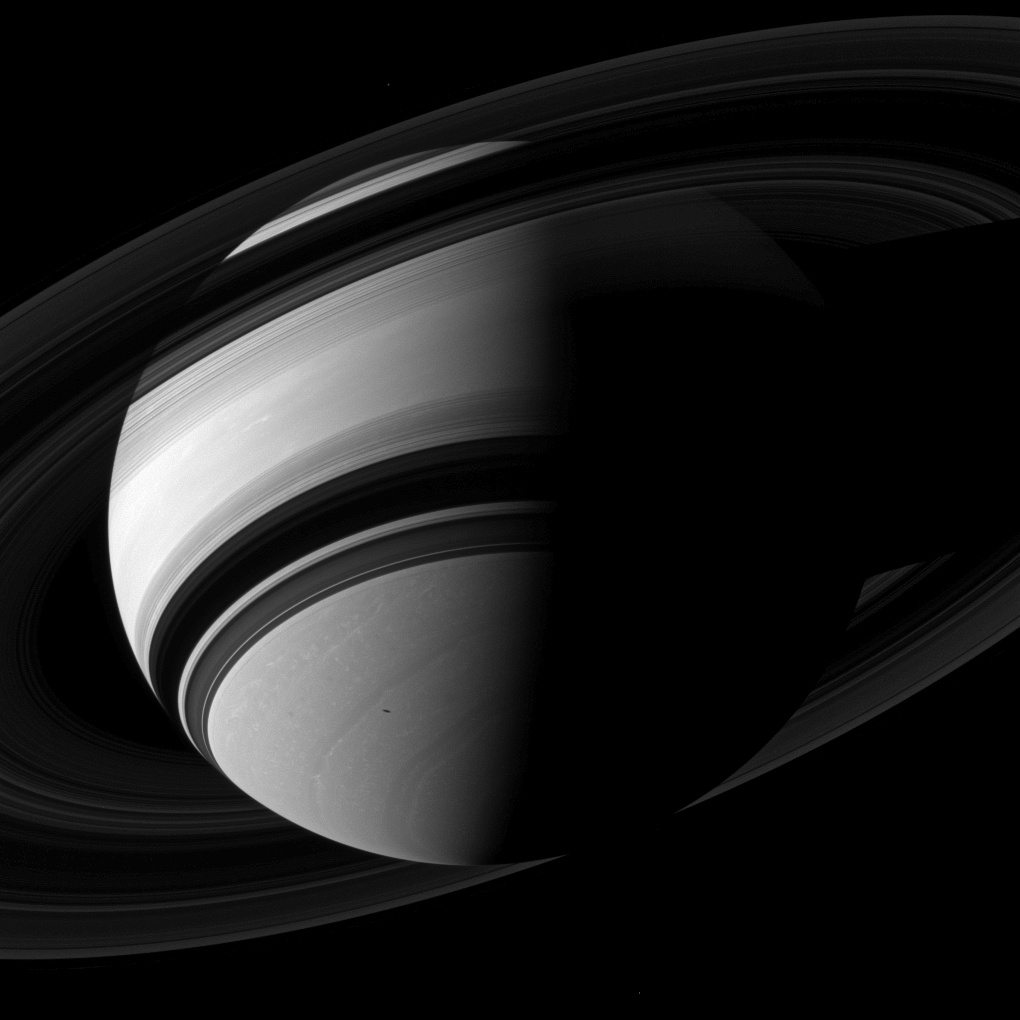The mystery of Saturn’s bright, youthful appearance is a step closer to resolution. And it actually has to do with gas.
Layers of gas within the ringed giant trap heat emanating from the center, preventing the planet from cooling off as it was expected to do as it aged, according to a model developed by a European science team.
“Scientists have been wondering for years if Saturn was using an additional source of energy to look so bright, but instead our calculations show that Saturn appears young because it can’t cool down,” stated Gilles Chabrier, a physics and astronomy professor at the University of Exeter and part of the research team.
“Instead of heat being transported throughout the planet by large scale (convective) motions, as previously thought, it must be partly transferred by diffusion across different layers of gas inside Saturn. These separate layers effectively insulate the planet and prevent heat from radiating out efficiently. This keeps Saturn warm and bright.”

You can also see layered convection on Earth, pointed out scientists. In this instances, salty water stays underneath colder and less salty liquid. The salt trap stops water from moving between the layers, also stopping heat from transferring.
The findings were published in Nature Geoscience and included participation from the University of Exeter in England and the Ecole Normale Supérieure de Lyon in France.
Source: University of Exeter

